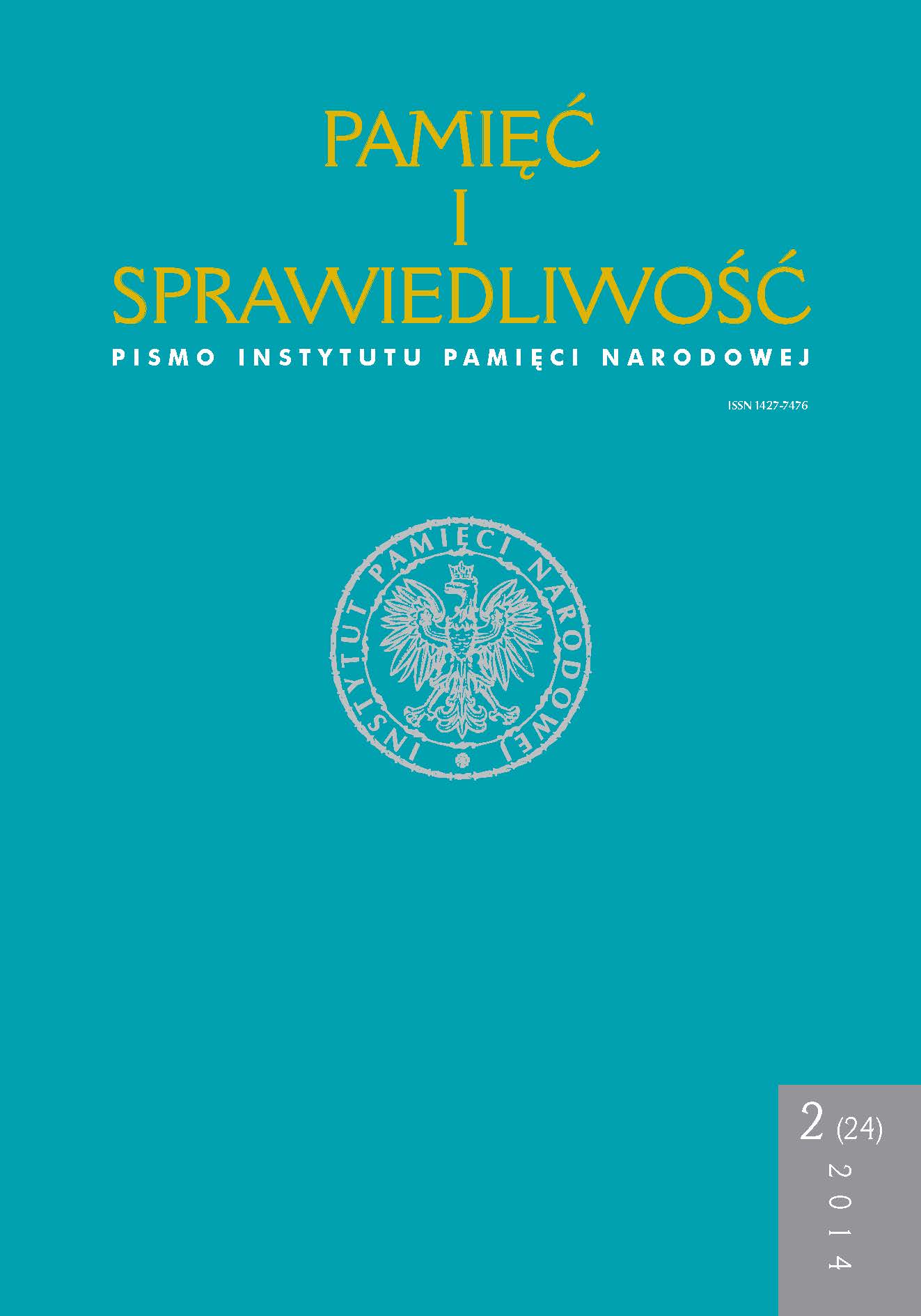Widmo imperiów: powracający z Gułagu a wschodnioeuropejskie rebelie i sowiecka polityka pogranicza
Pamięć i Sprawiedliwość, V. 24 N. 2 (2014), pages: 341-385
Publication date: 2014-12-30
Abstract
This essay explores the complex dynamic that fed Soviet anxieties over the border
regions. This dynamic involved several interlocking aspects: the dismantling of the Gulag,
including most notably the release of a significant number of convicted nationalist
guerrillas and activists, who were allowed to return to their homes; the conflicting sentiments
on the western frontier that led locals to embrace or reject the Gulag returnees based on
pre-Soviet memories, the experiences of World War II, and postwar sovietization policies;
the impact of the Polish and Hungarian upheavals, foreign radio broadcasts, and increased
contacts with the outside world on the authorities and populations of the western
republics; and finally, the attempt to counter these problems via the proliferation of communal
surveillance and policing, the revival of class-based policies, and the intensified pursuit
of ethnonational homogenization of the borderlands. The 1956 crisis raised several key
questions for the post-Stalinist Soviet polity, especially on the western frontier: Why did
a government as suspicious and seasoned as the Soviet regime consciously let a mass of
sworn, unreformed enemies back into its midst? Was the era of social engineering over in
the wake of the renunciation of mass terror and, if so, what came in its place? What were
the boundaries of reform? What price was the regime willing to pay for the relative loss
of control over information flow and communications? What accounted for the wide gap
between a confident center and its weary periphery, and what role did the latter play in
shaping national policies?
 Język Polski
Język Polski
 English
English
 Deutsch
Deutsch
 Français (France)
Français (France)
 Italiano
Italiano
 Русский
Русский


 PDF (Język Polski)
PDF (Język Polski)
